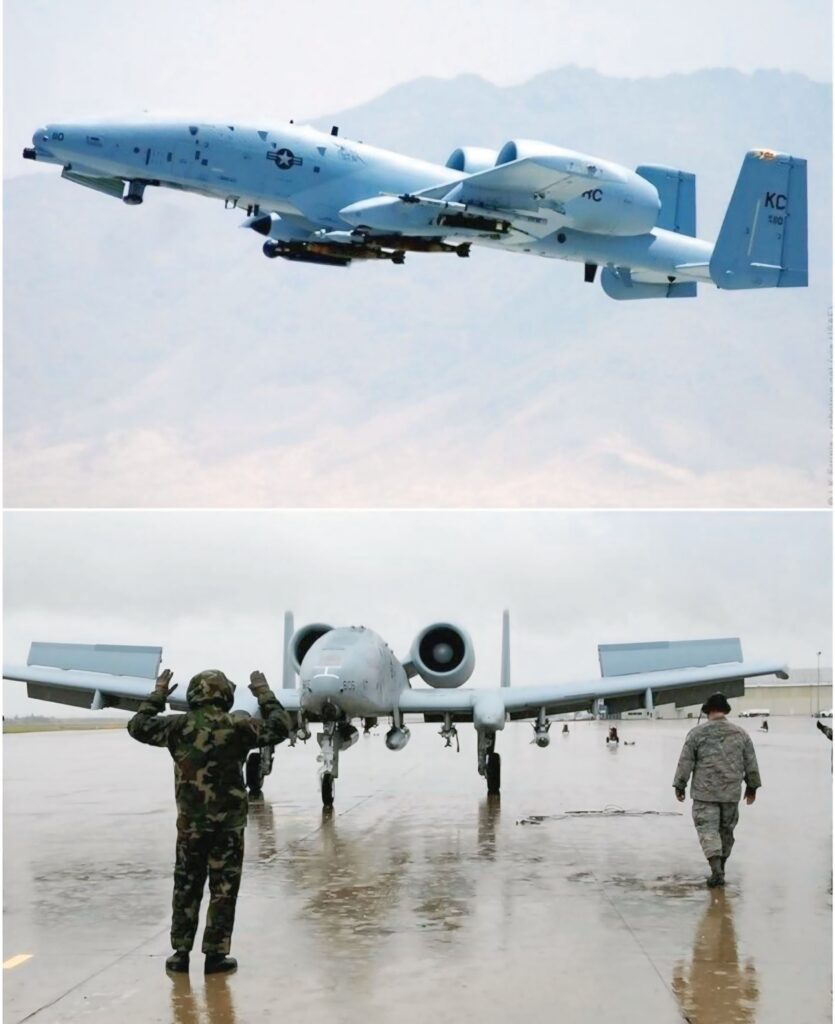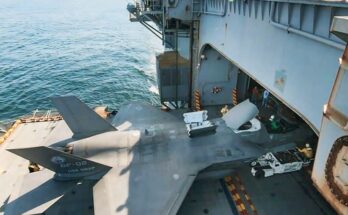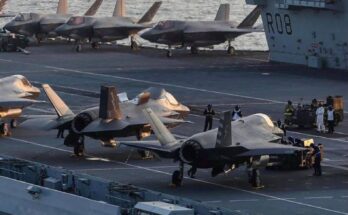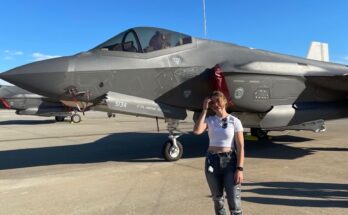
The Fairchild Republic A-10 Thunderbolt II, often nicknamed the “Warthog,” is one of the most recognizable and respected aircraft in modern military aviation. Designed during the Cold War, its primary mission was to provide close air support for ground forces, particularly against heavily armored targets such as tanks. Despite its somewhat rugged appearance, the A-10 has proven to be a highly capable, durable, and effective aircraft that has earned the trust of both pilots and soldiers on the ground.
Development of the A-10 began in the 1960s when the United States Air Force recognized the need for an aircraft that could counter the Soviet Union’s growing arsenal of armored vehicles. Unlike sleek fighter jets that emphasized speed and maneuverability, this new aircraft would need to fly low, absorb damage, and deliver heavy firepower with precision. Fairchild Republic won the contract, and in 1972, the A-10 first took to the skies. It entered service in 1977, just as tensions between NATO and the Warsaw Pact were peaking.
The A-10’s design reflects its mission in every detail. Its straight wings allow it to maneuver at low speeds and carry large payloads, including bombs, rockets, and missiles. Its most distinctive feature is the GAU-8/A Avenger, a 30mm rotary cannon that protrudes from the nose of the aircraft. This massive gun can fire nearly 4,000 rounds per minute, and its depleted uranium shells are designed to pierce heavy armor. The aircraft was essentially built around this weapon, making it the centerpiece of its ground-attack capability.
Another hallmark of the A-10 is its survivability. The aircraft is famous for its ability to take hits and keep flying. The cockpit is protected by a titanium “bathtub” that shields the pilot from ground fire. Redundant flight systems ensure that even if critical components are damaged, the plane can still return home. In numerous conflicts, A-10s have returned to base with missing engines, damaged wings, or riddled fuselages, proof of the designers’ emphasis on durability.
The A-10 saw extensive use during the Gulf War in 1991, where it earned a reputation as a tank killer. Flying thousands of sorties, it destroyed large numbers of Iraqi armored vehicles while providing vital support to coalition troops. Its effectiveness in that conflict silenced critics who questioned whether such a specialized aircraft was still needed in an era of advanced multirole fighters. Since then, the A-10 has continued to serve in operations across the Middle East, including Afghanistan and Iraq, where its ability to loiter over battlefields and strike with precision has been invaluable.
Over the years, there have been repeated debates within the U.S. Air Force about retiring the A-10 in favor of more modern aircraft like the F-35. However, strong support from ground forces, coupled with the A-10’s unmatched close air support capabilities, has kept it in service. Upgrades to avionics, targeting systems, and weapons have ensured that it remains relevant well into the 21st century.
The Fairchild Republic A-10 Thunderbolt II is more than just an aircraft; it is a symbol of reliability and dedication to protecting troops on the ground. With its powerful gun, rugged design, and proven combat record, the “Warthog” continues to stand as one of the most respected aircraft in U.S. Air Force history.


